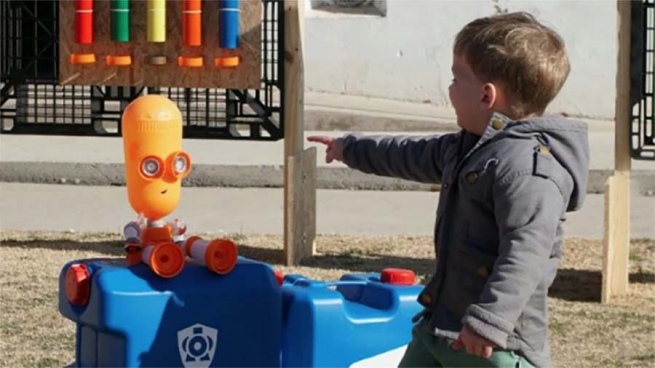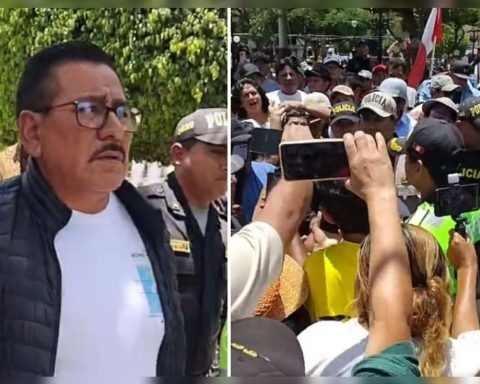A family of entrepreneurs from Santa Fe designs and manufactures sustainable toys from everyday plastic waste, such as shampoo bottles, cans or soda caps, to educate about caring for the environment through play.
“The venture was born with the purpose of avoiding open-air dumps full of plastics and educating the world’s children through play,” he told Télam José María Rodríguez, one of the creators of the venture which is part of 100% Our catalogof the Ministry of Social Development of the Nation, which shows toys developed by cooperatives, recovered companies, workers registered in the National Registry of Workers of the Popular Economy (Renatep), as well as independent producers.
“We seek to resignify waste and discards through design to give it a new use that also adds high added value,” he emphasized.
In this sense, he considered: “Our proposal is fun because it transforms ordinary objects into extraordinary things.”

Rodríguez said that he started in 2016 with the venture, together with his “life partner” Daniela Czajkowski, in his small workshop in the town of Carmen, 320 kilometers from Santa Fe; Today, his toys are marketed in Chile, Peru, Colombia, Panama and Mexico.
Currently, designers offer a line of articulated robots called Bo-Titoand another dedicated to little cars and trucks entirely made with discarded plasticswhich they obtain thanks to the contribution of private donations, recycling centers and factories that provide them with failed parts that cannot be marketed.
“With Bo-Tito, we take waste from the market and resignify it with a design plan that turns it into a new product that we put back on the market, this time as an educational tool,” the designer described.
“We chose the figure of a robot because we understand that it is timeless, it does not go out of style, it does not respect a certain morphology and it has no gender,” he explained.
When they launched it on the market, they thought they had created an object for children’s entertainment, but the uses turned out to be multiple, “It is being used as an attachment doll in adolescents and the elderly, also as a collector’s item and as a sculpture to exhibit it.”

The design of the different toys uses the original object -a cream container or a cap- without substantially modifying it, so that the function it fulfilled in everyday life before becoming part of the toy is evident.
“We want it to be noticed that they are reused and recovered from discarded elements, it is the way we have to make it understood that there is a redefinition of the value of things”he pointed.
“We not only produce toys, we also we generate an educational tool that resignifies things and produces a healing and playful social experience,” he said.
The toys can be obtained at the Museum of Latin American Art of Buenos Aires (MALBA), at the Bioparque Temaikèn, and through social networks @botitoecoguardian.


















